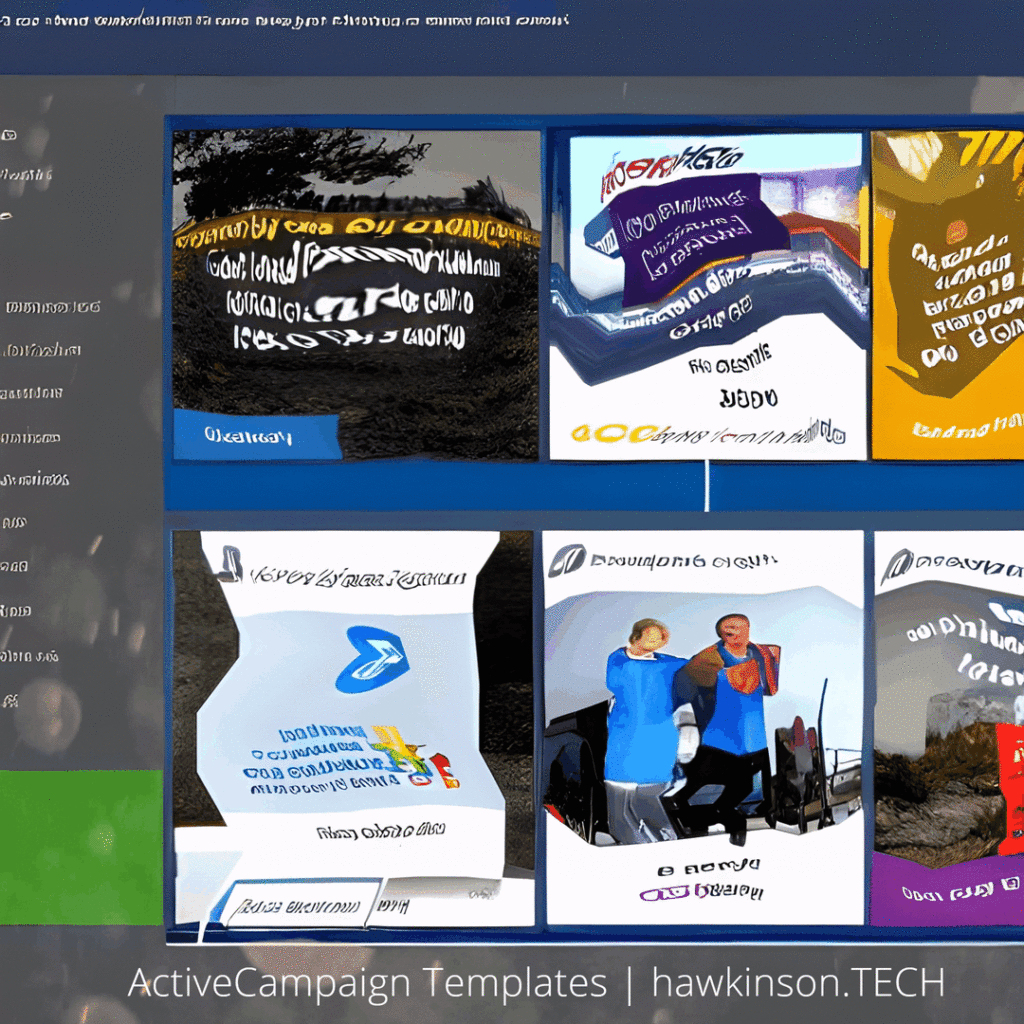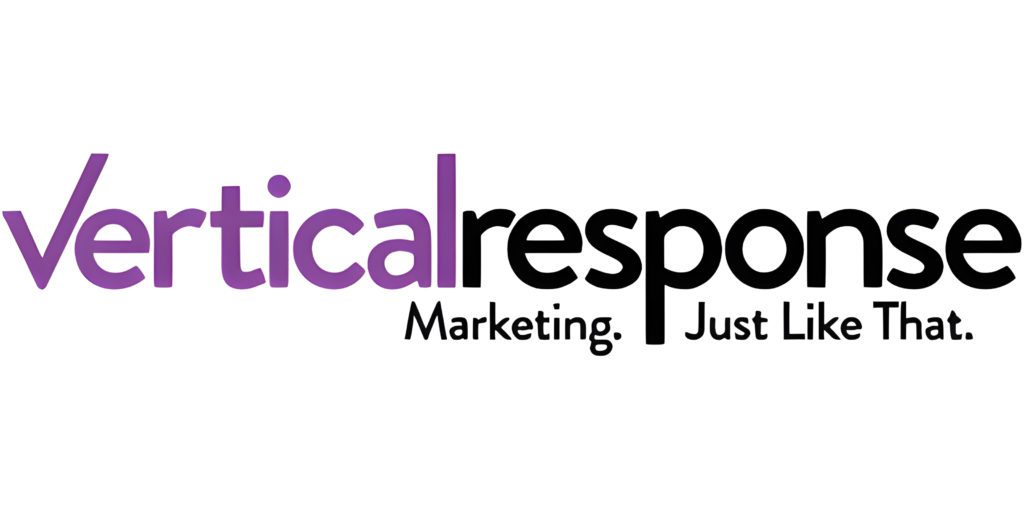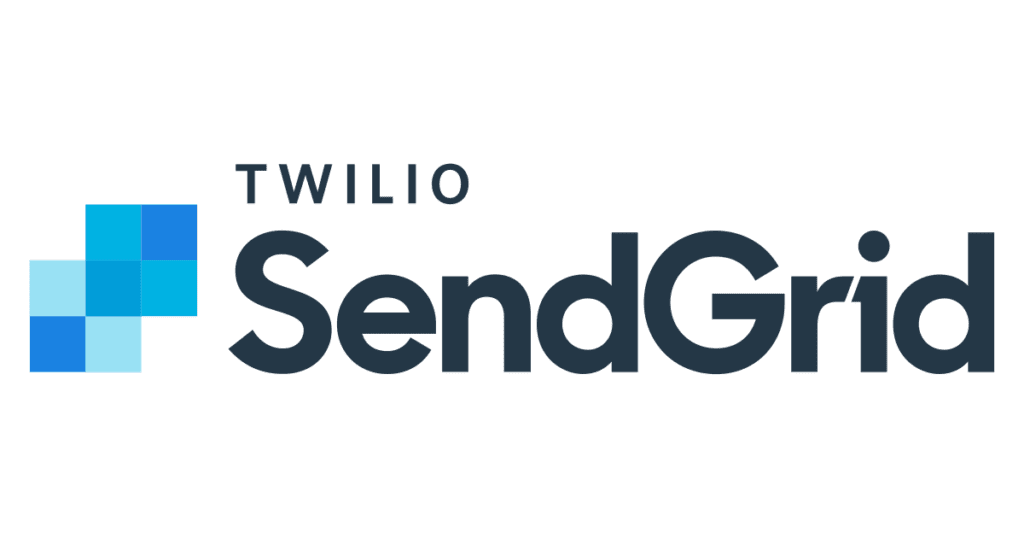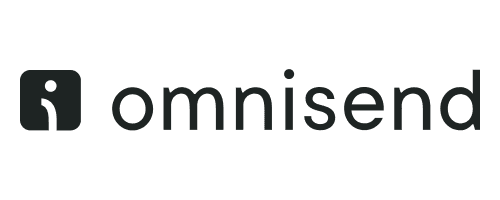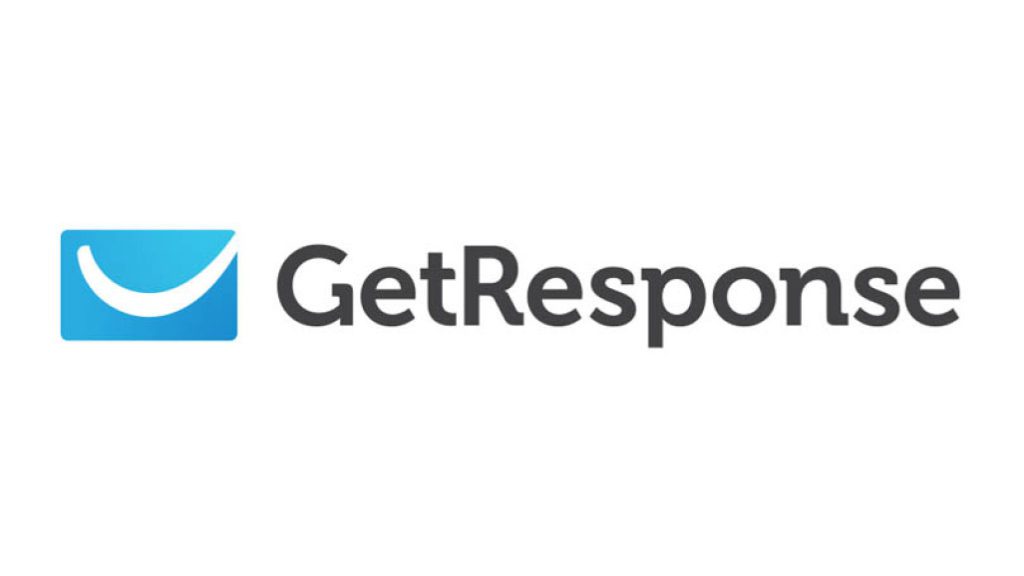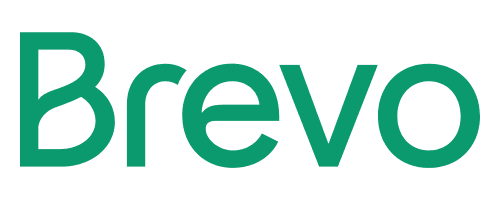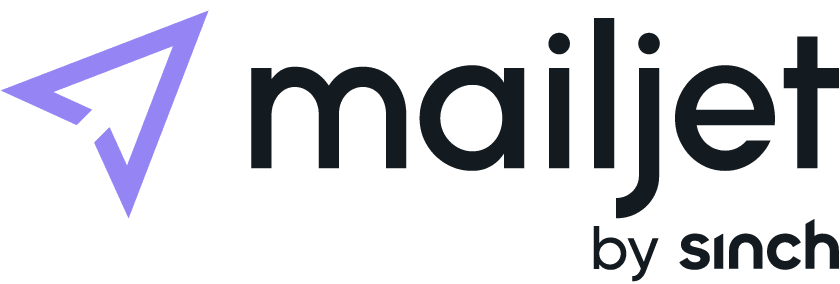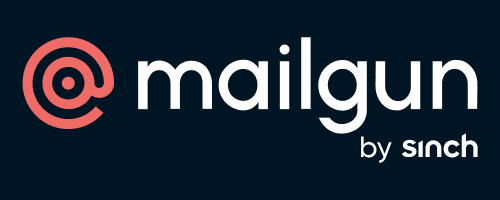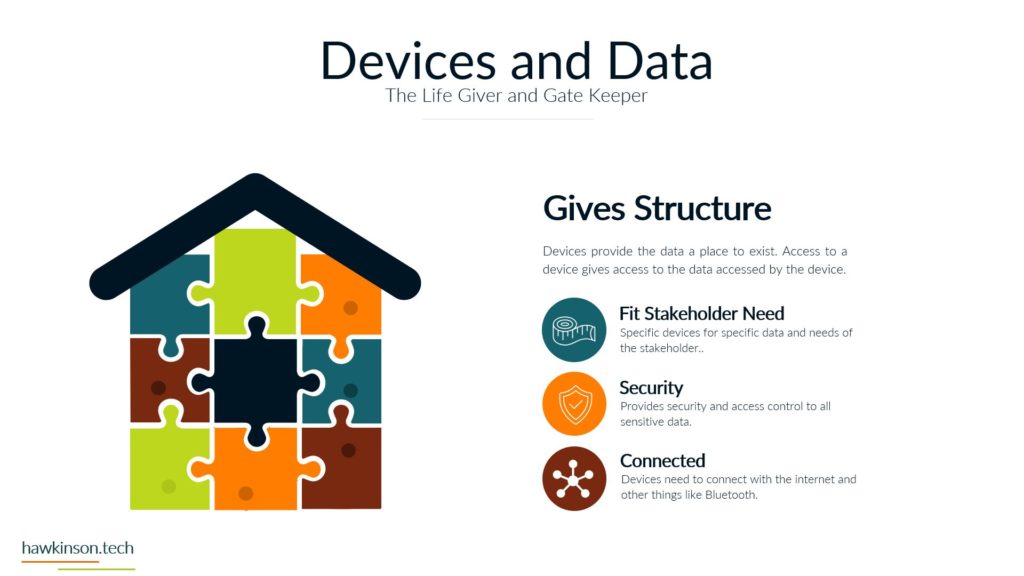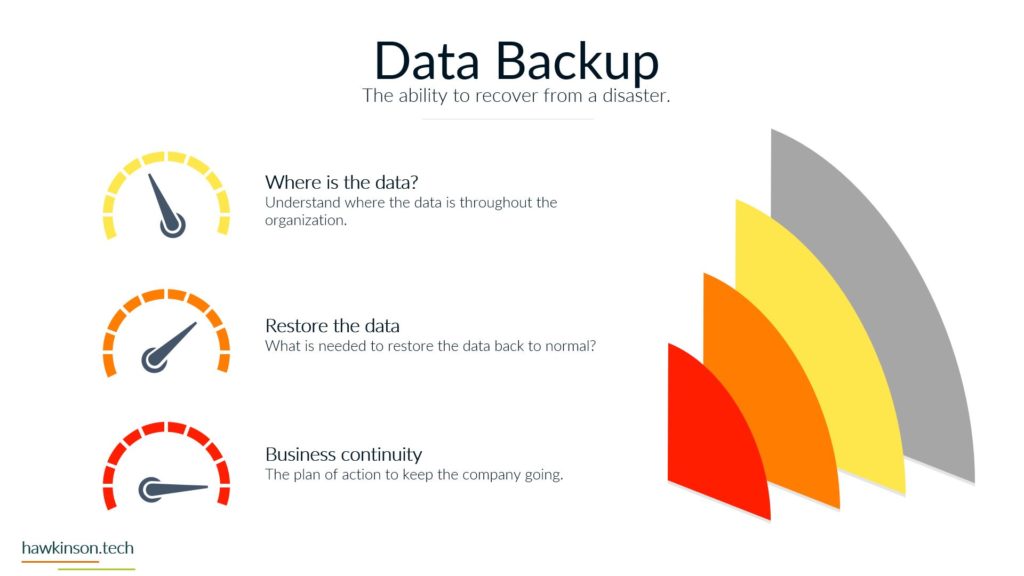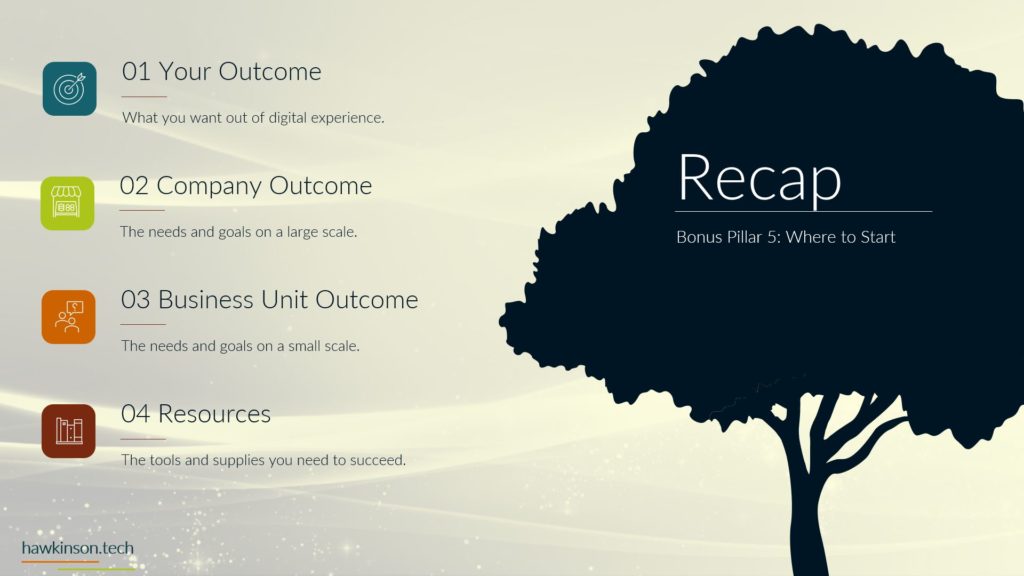Targeted email marketing is essential for businesses to communicate effectively with their customers and prospects. It involves sending targeted and personalized emails to a specific segment of your audience, ensuring that the content is relevant and engaging.
This marketing strategy applies across various industries, and its benefits extend to B2C and B2B businesses. In this article, we will discuss the application of email marketing across industries, its use cases in different sectors, and its benefits.
Application of Email Marketing Across Industries
Email marketing is a versatile tool that can be tailored to suit the needs of various industries. Some of the industries that can benefit from targeted email marketing include:
Retail
Retailers can use email marketing to send their customers promotional offers, discounts, and new product announcements. This helps in driving sales and retaining customers. Retailers can use targeted email marketing to:
- Promote seasonal sales: Send targeted emails to customers informing them about upcoming sales and offering exclusive discounts.
- Announce new product launches: Inform customers about new products and encourage them to visit your store or website to purchase.
- Send personalized product recommendations: Analyze customers’ purchase history and send customized product recommendations based on their preferences.
Healthcare
Hospitals, clinics, and other healthcare providers can use email marketing to share important health information, appointment reminders, and service updates. Healthcare providers can use targeted email marketing to:
- Send appointment reminders: Reduce no-shows by sending appointment reminders to patients.
- Share important health information: Educate patients about various health conditions, preventive measures, and available treatments.
- Promote wellness programs: Encourage patients to enroll in wellness programs by sharing other participants’ benefits and success stories.
Finance
Financial institutions can use email marketing to share information about new products, interest rates, and other relevant financial news with their customers. Financial institutions can use targeted email marketing to:
- Inform customers about new products: Share information about new financial products, such as loans, credit cards, and investment options.
- Send interest rate updates: Keep customers informed about interest rate changes and how they may affect their financial products.
- Share financial tips: Educate customers about budgeting, saving, investing, and other financial topics to help them make informed decisions.
Real Estate
Real estate agents can use email marketing to share property listings, open house invitations, and market updates with their clients. Real estate agents can use targeted email marketing to:
- Share property listings: Send targeted emails to potential buyers with property listings that match their preferences.
- Invite clients to open houses: Encourage potential buyers to attend open houses by sending personalized invitations.
- Share market updates: Keep clients informed about the latest real estate market trends and how they may affect their property investments.
Education
Educational institutions can use email marketing to share information about upcoming events, new courses, and other relevant updates with their students and alums. Educational institutions can use targeted email marketing to:
- Promote upcoming events: Inform students and alums about forthcoming events, such as seminars, workshops, and cultural programs.
- Share information about new courses: Encourage students to enroll by sharing detailed information about the curriculum, faculty, and career prospects.
- Send newsletters: Share updates about the institution’s achievements, research projects, and other relevant news.
Non-profit
Non-profit organizations can use email marketing to share updates about their projects, fundraising events, and other relevant news with their supporters. Non-profit organizations can use targeted email marketing to:
- Share project updates: Keep supporters informed about ongoing projects’ progress and their impact on the community.
- Promote fundraising events: Encourage supporters to participate by sharing event details and success stories from previous events.
- Send donation appeals: Request donations from supporters by sharing compelling stories about the people or causes your organization supports.
Travel and Hospitality
Travel agencies, hotels, and other businesses in the travel industry can use email marketing to share promotional offers, travel tips, and updates about their services with their customers. Travel and hospitality businesses can use targeted email marketing to:
- Promote special offers: Encourage customers to book their next vacation by offering exclusive discounts and promotions.
- Share travel tips: Provide valuable information about travel destinations, local customs, and other helpful tips to help customers plan their trips.
- Send personalized travel itineraries: Create customized travel itineraries for customers based on their preferences and send them via email.
Benefits of Email Marketing for B2C and B2B Businesses
Targeted email marketing offers numerous benefits for both B2C and B2B businesses, including:
- Improved customer engagement: Personalized and relevant content helps engage customers and build long-term relationships.
- Increased sales: Promotional offers and product recommendations sent via email can drive sales and boost revenue.
- Better customer retention: Regular email communication helps keep your brand on top of customers’ minds and encourages repeat business.
- Cost-effective marketing: Email marketing is a cost-effective way to reach a large audience, offering a higher return on investment than other marketing channels.
- Enhanced brand reputation: Sharing valuable content and maintaining regular customer communication helps build a positive brand reputation.
In conclusion, targeted email marketing is a powerful tool that businesses across various industries can leverage. It offers numerous benefits for B2C and B2B businesses, helping them engage with their customers, drive sales, and build long-lasting relationships. By understanding the specific use cases and applications of email marketing in your industry, you can create highly targeted and effective campaigns that resonate with your audience and contribute to your business’s success.








